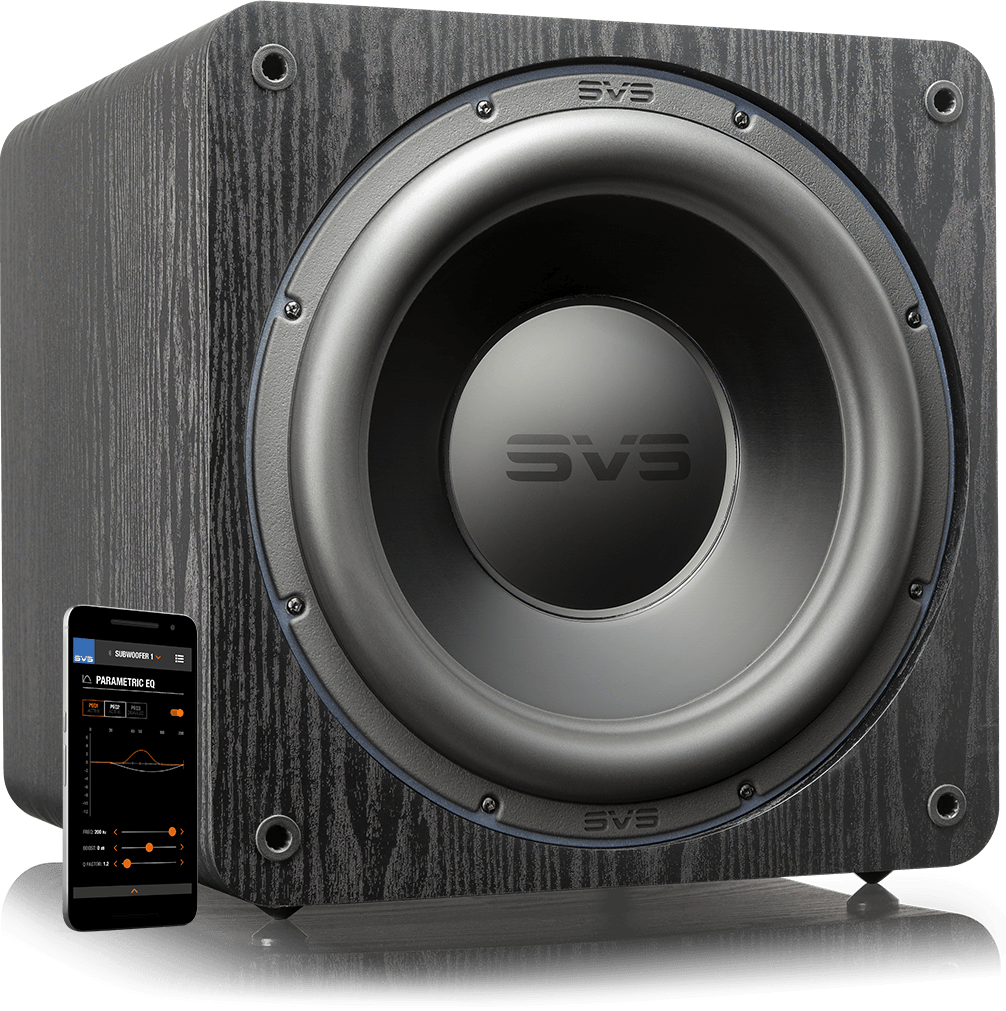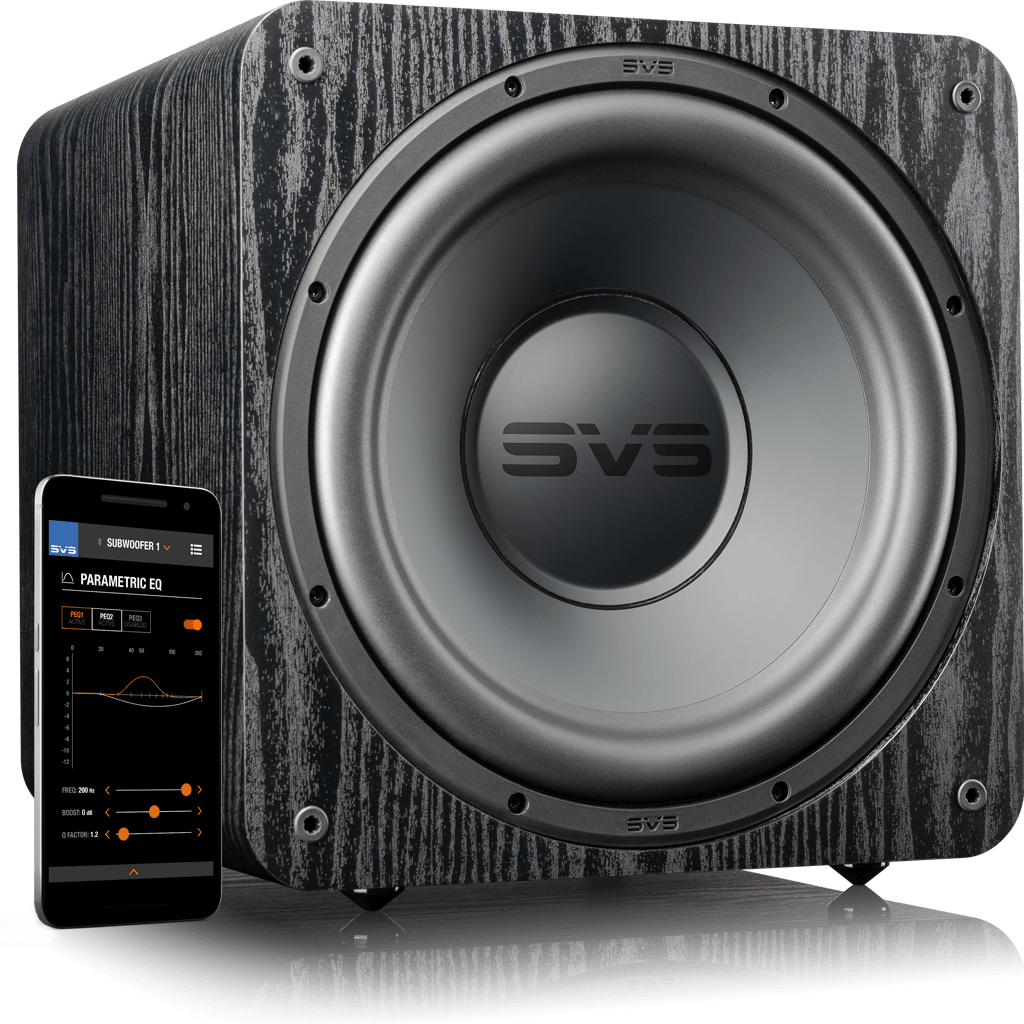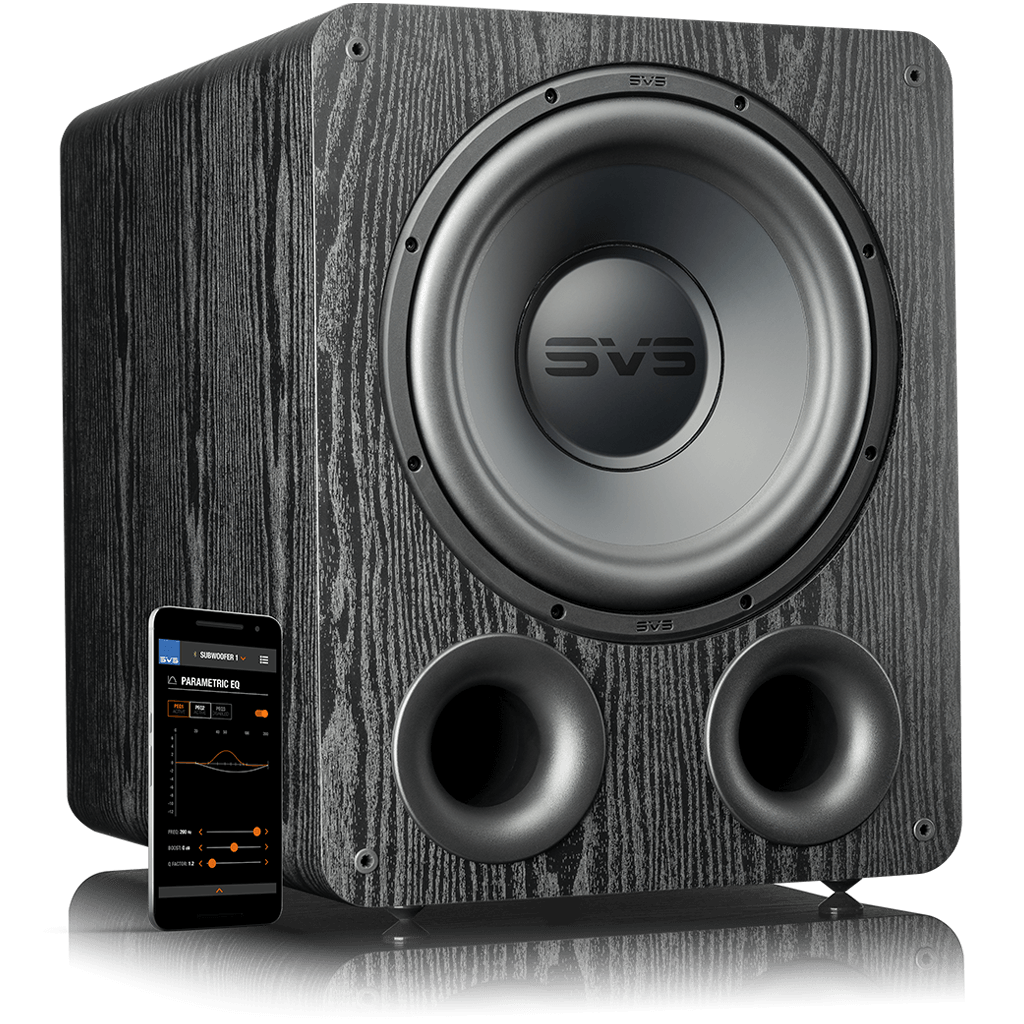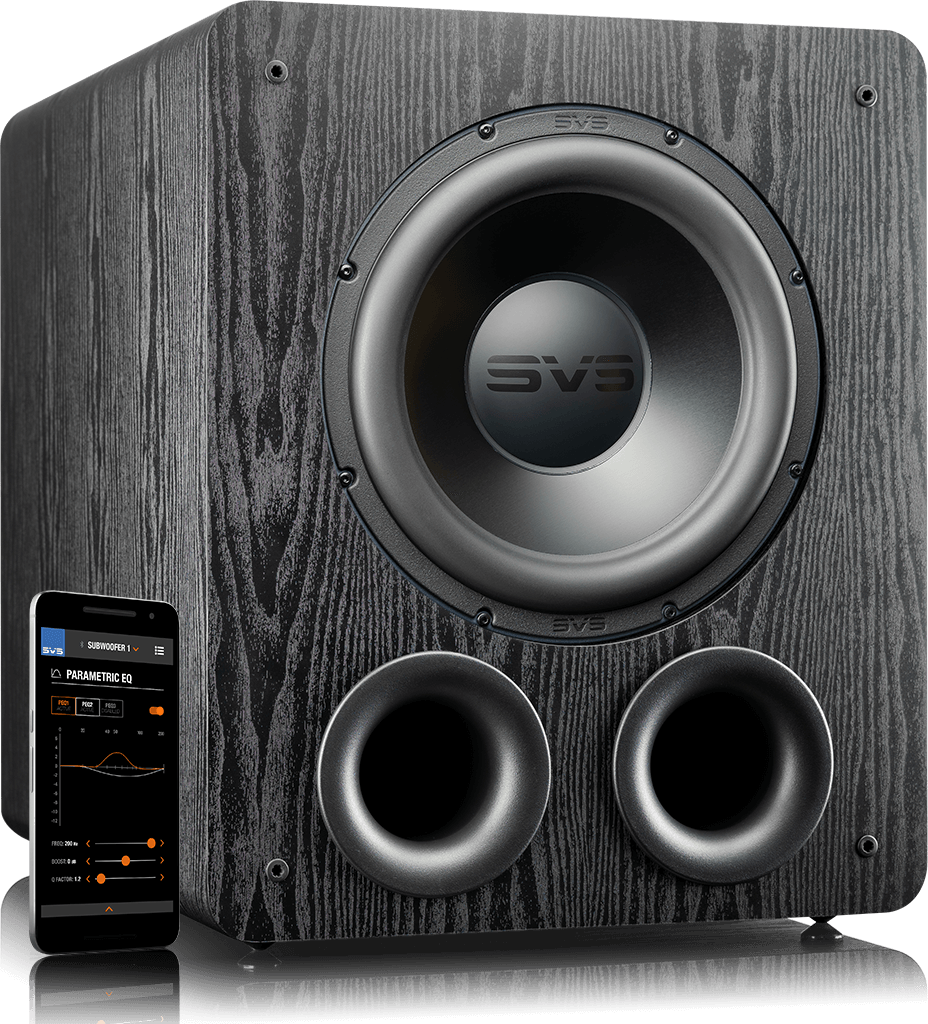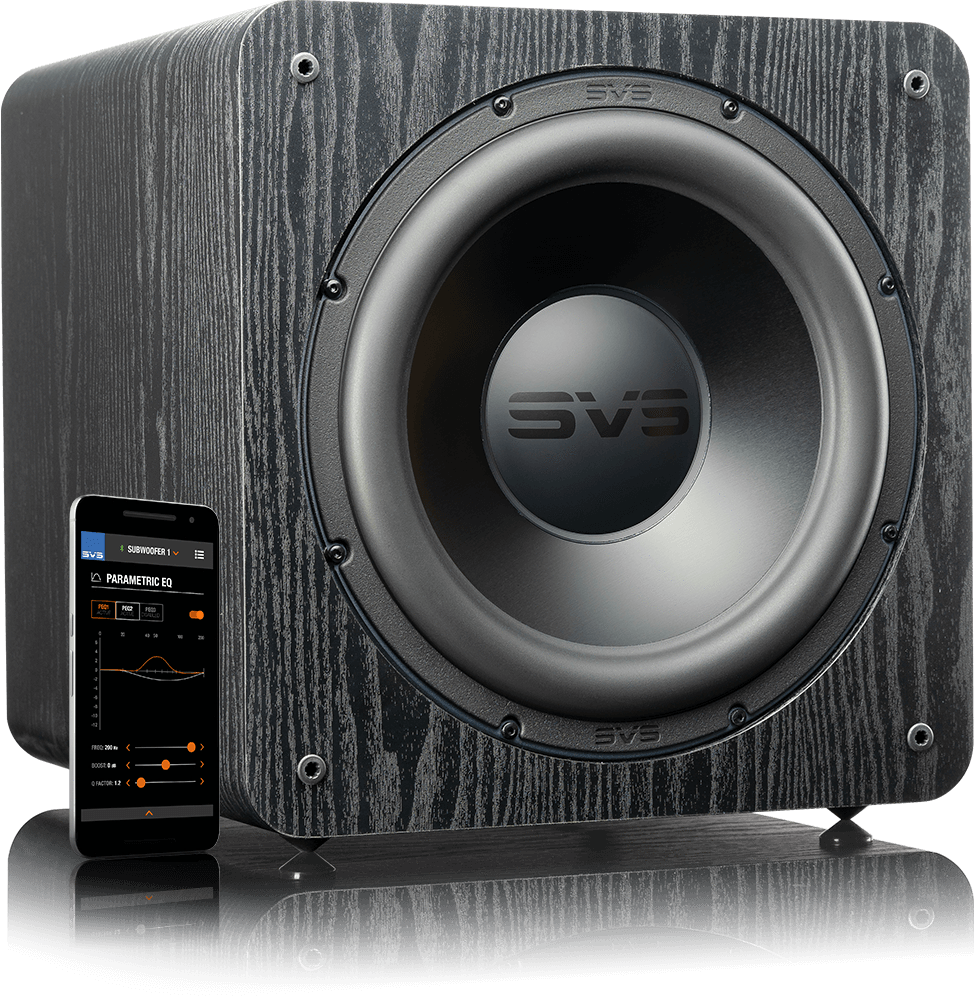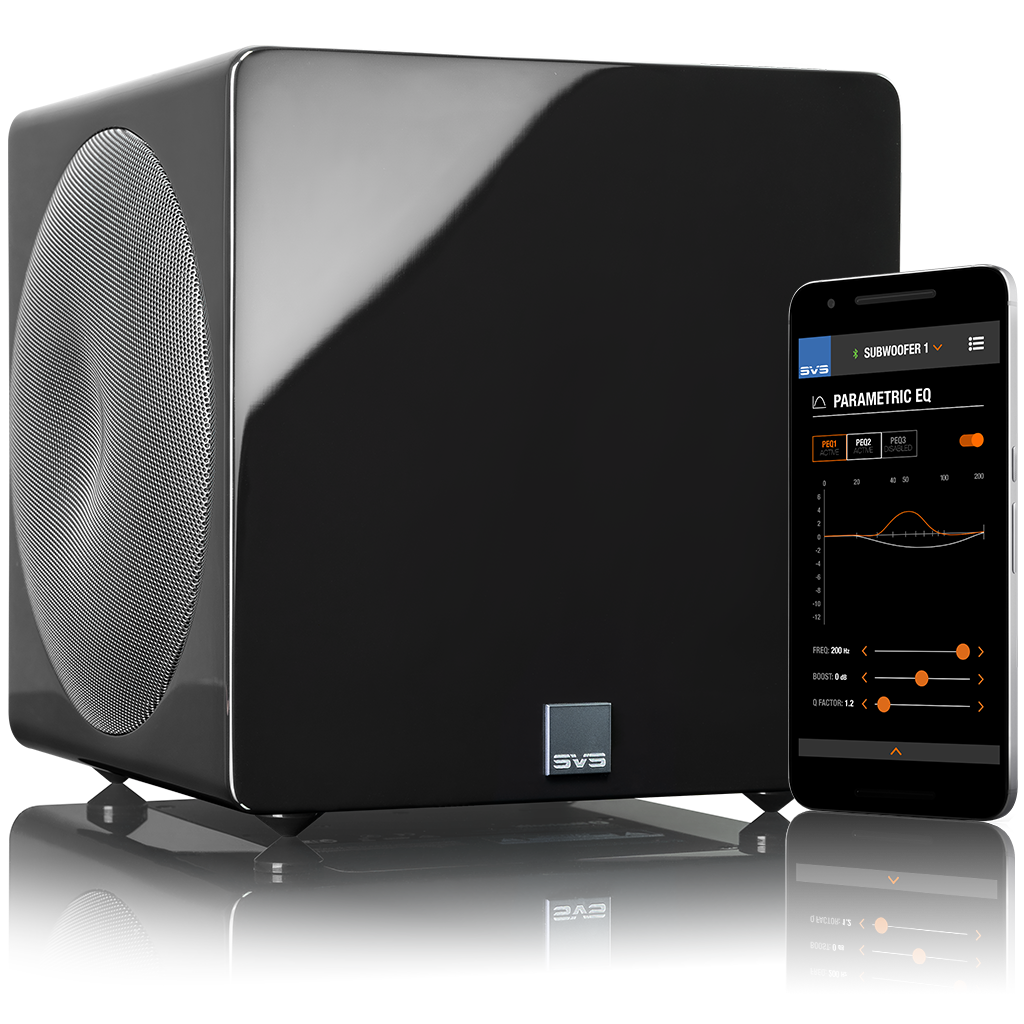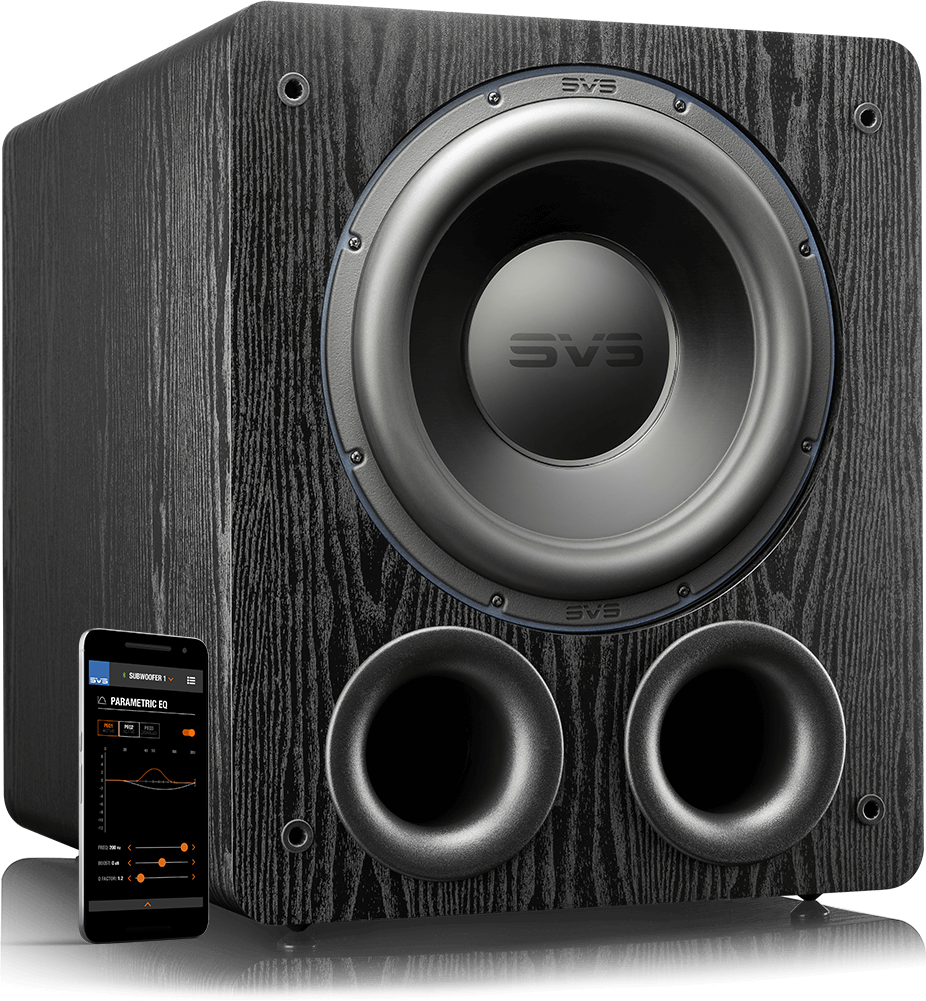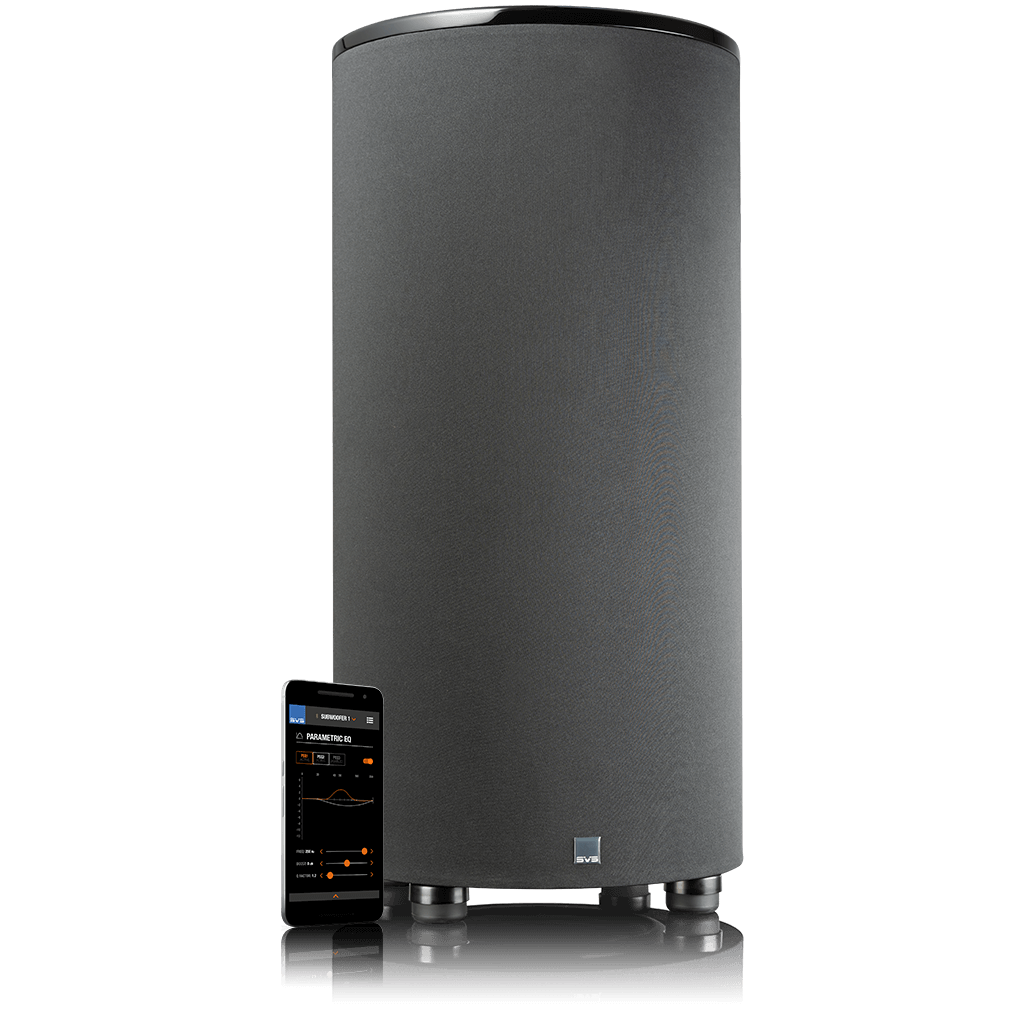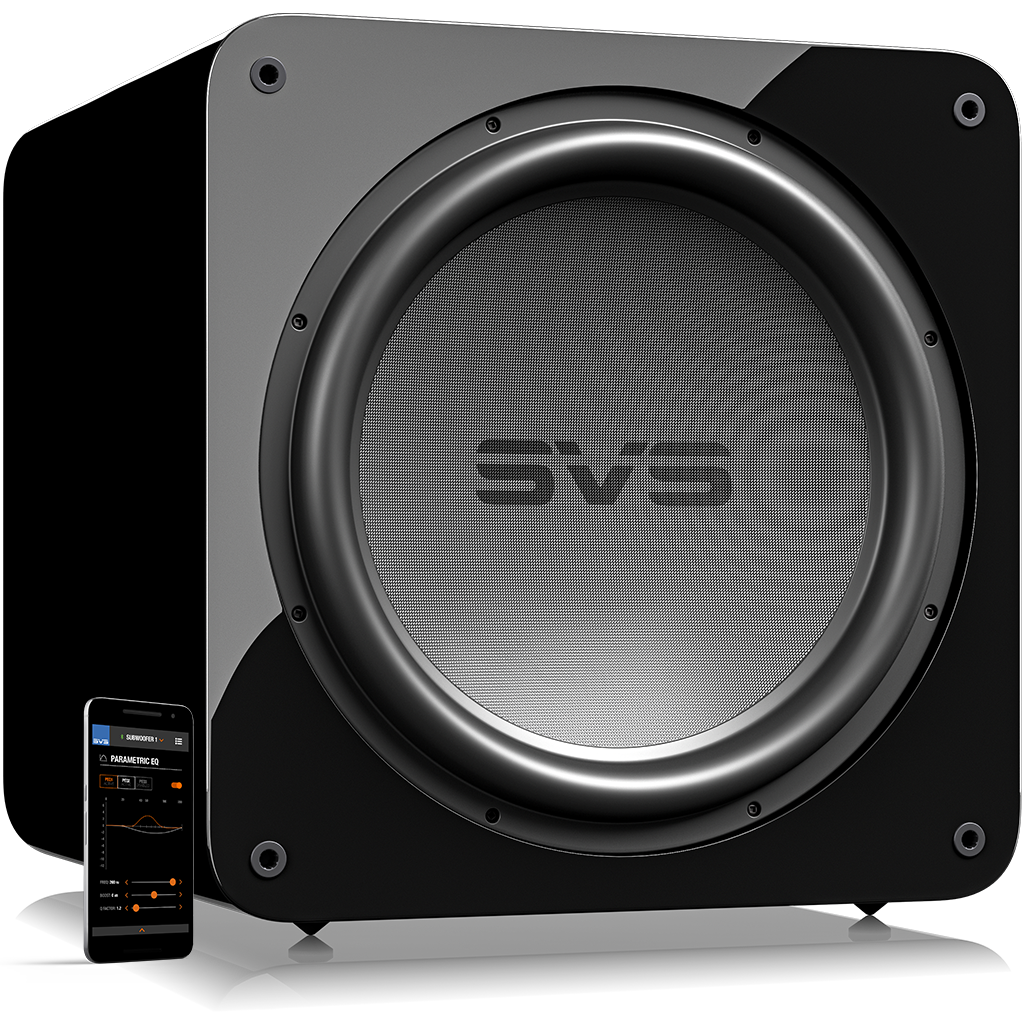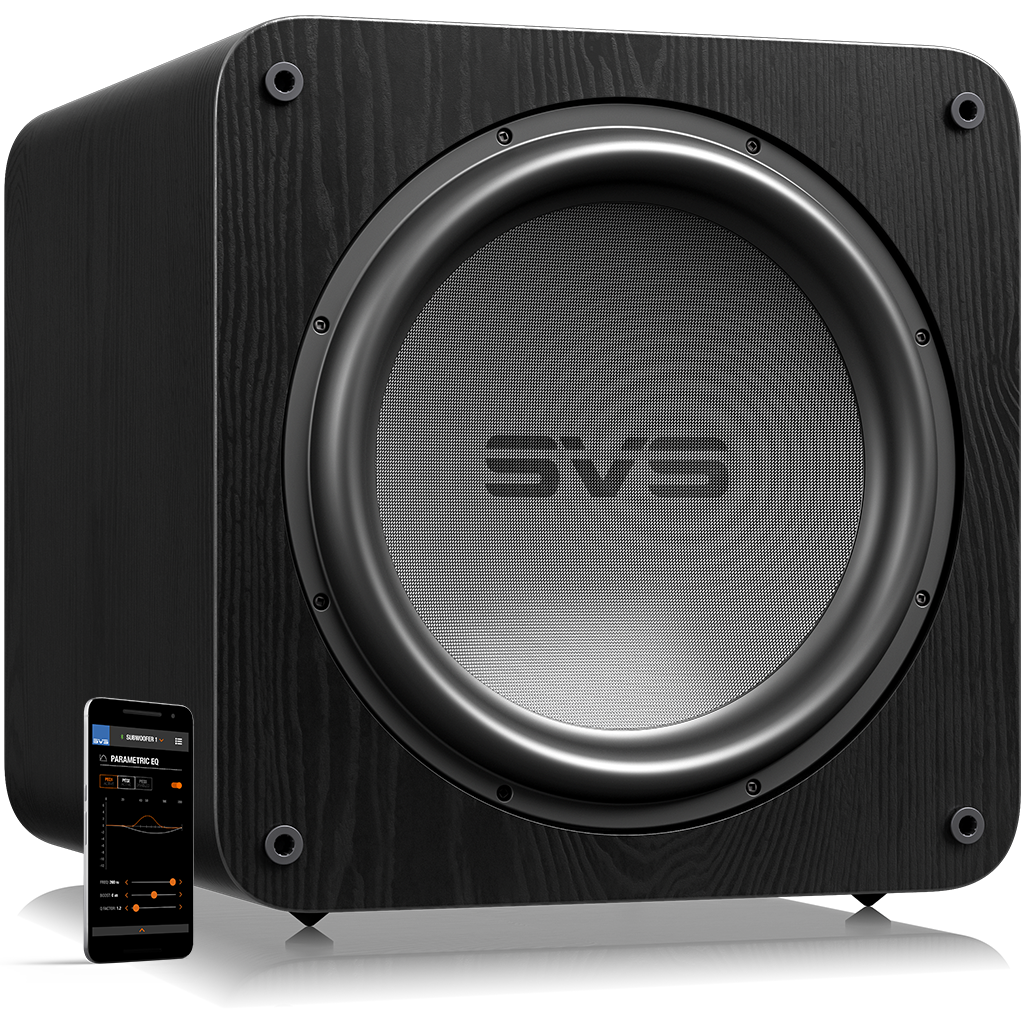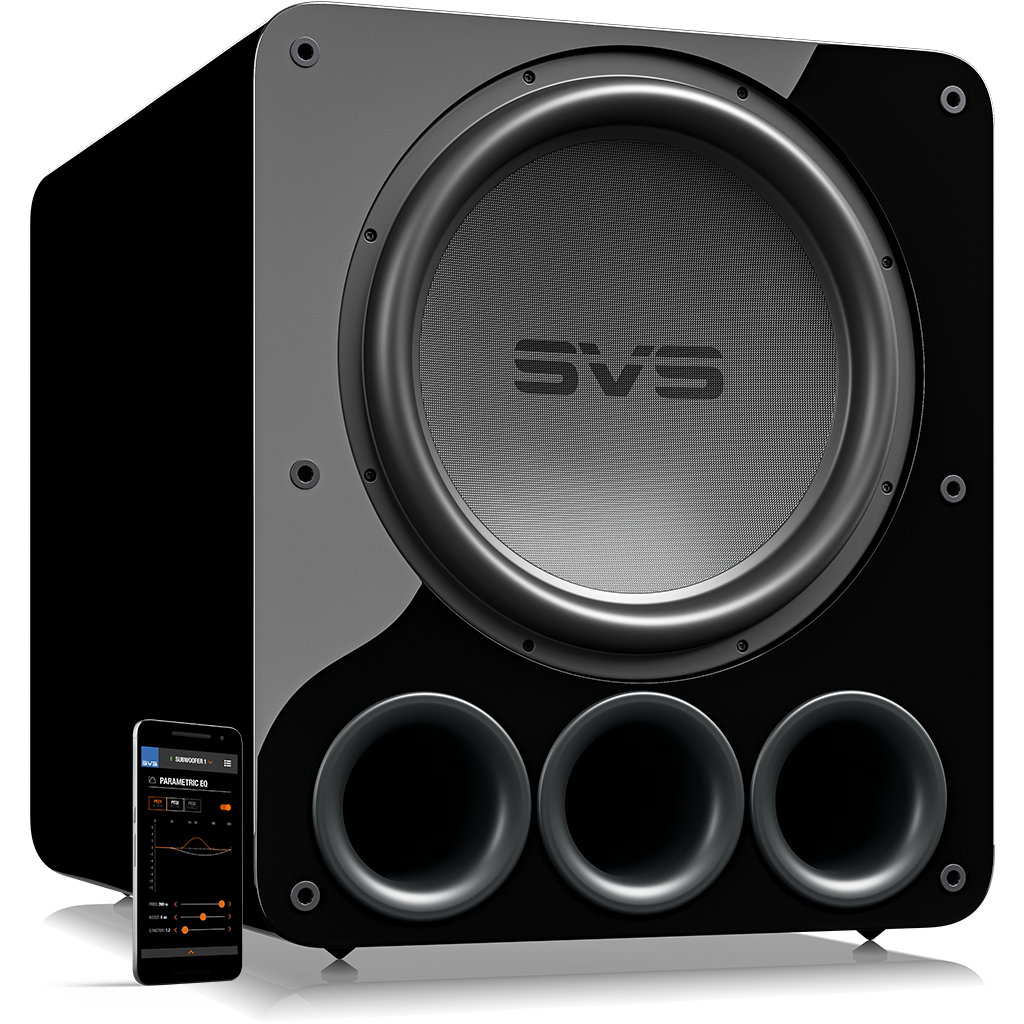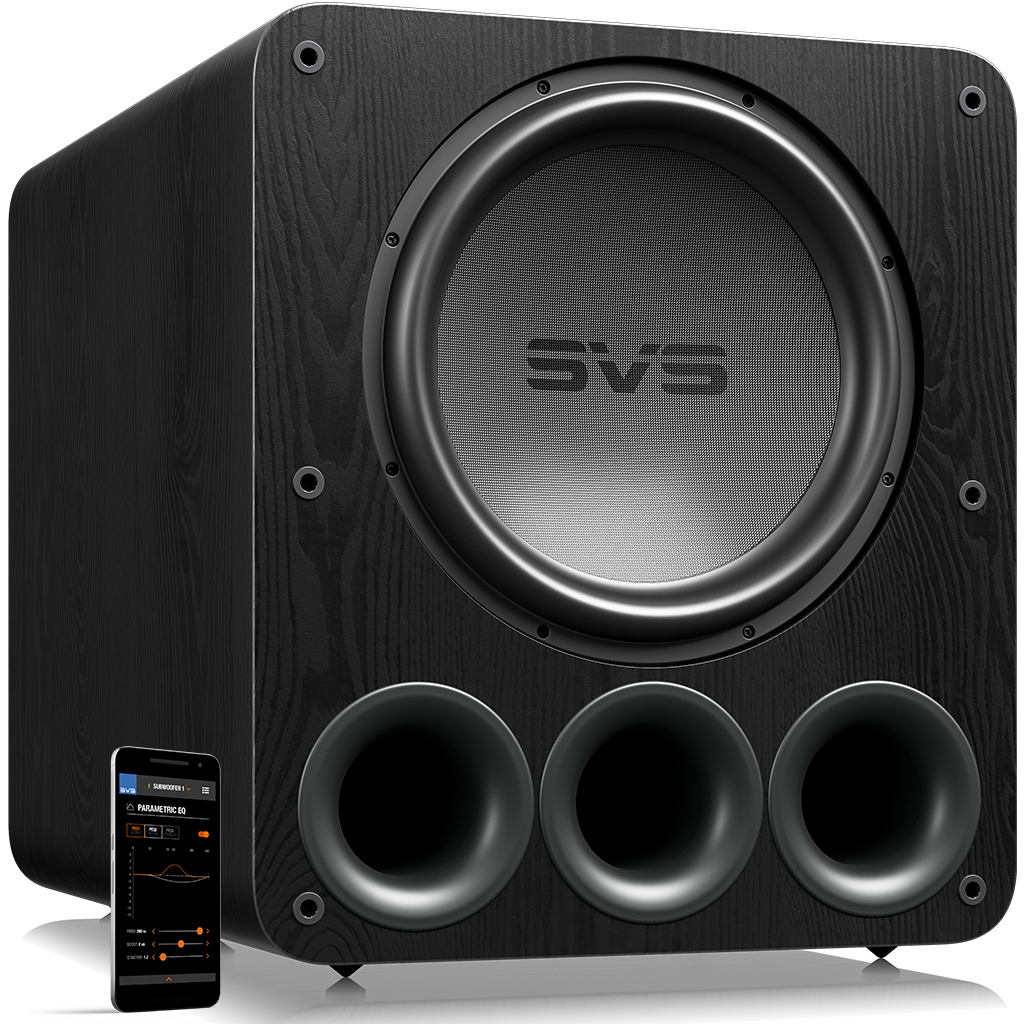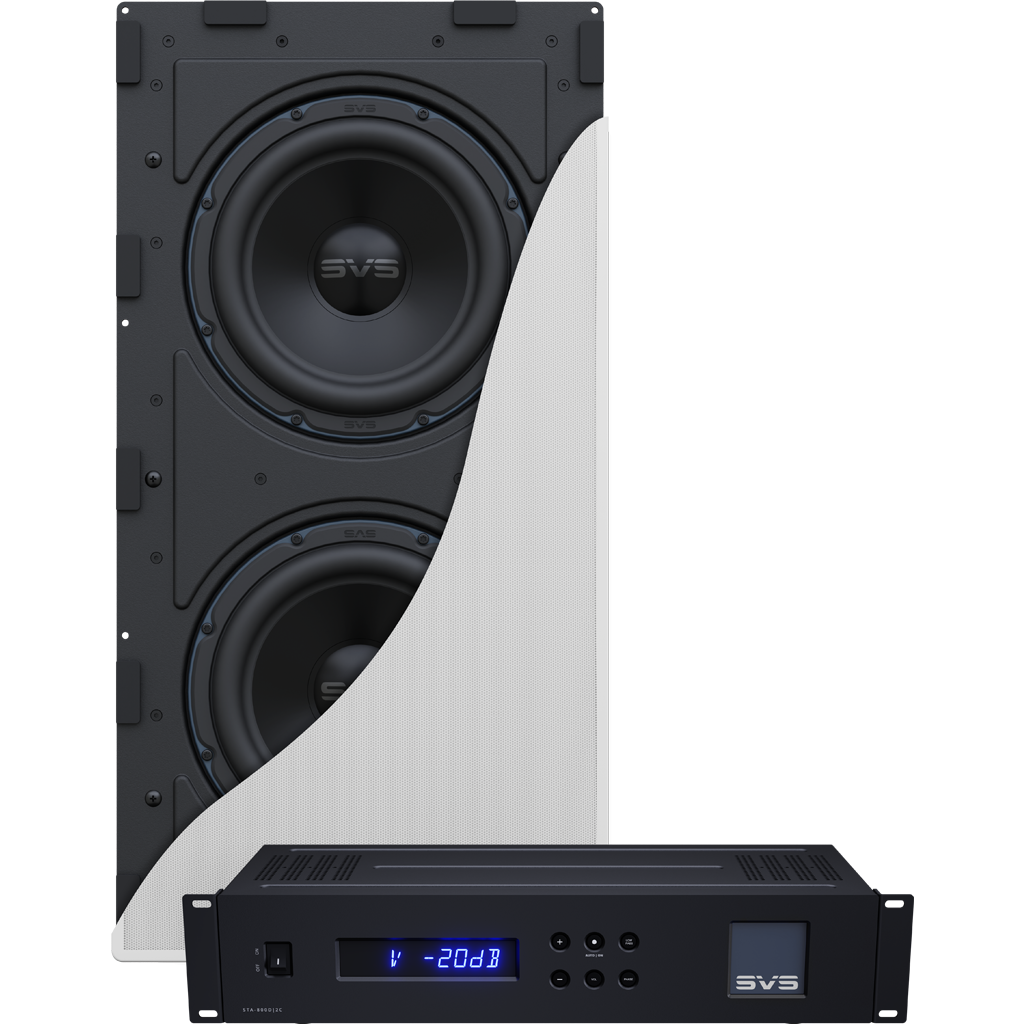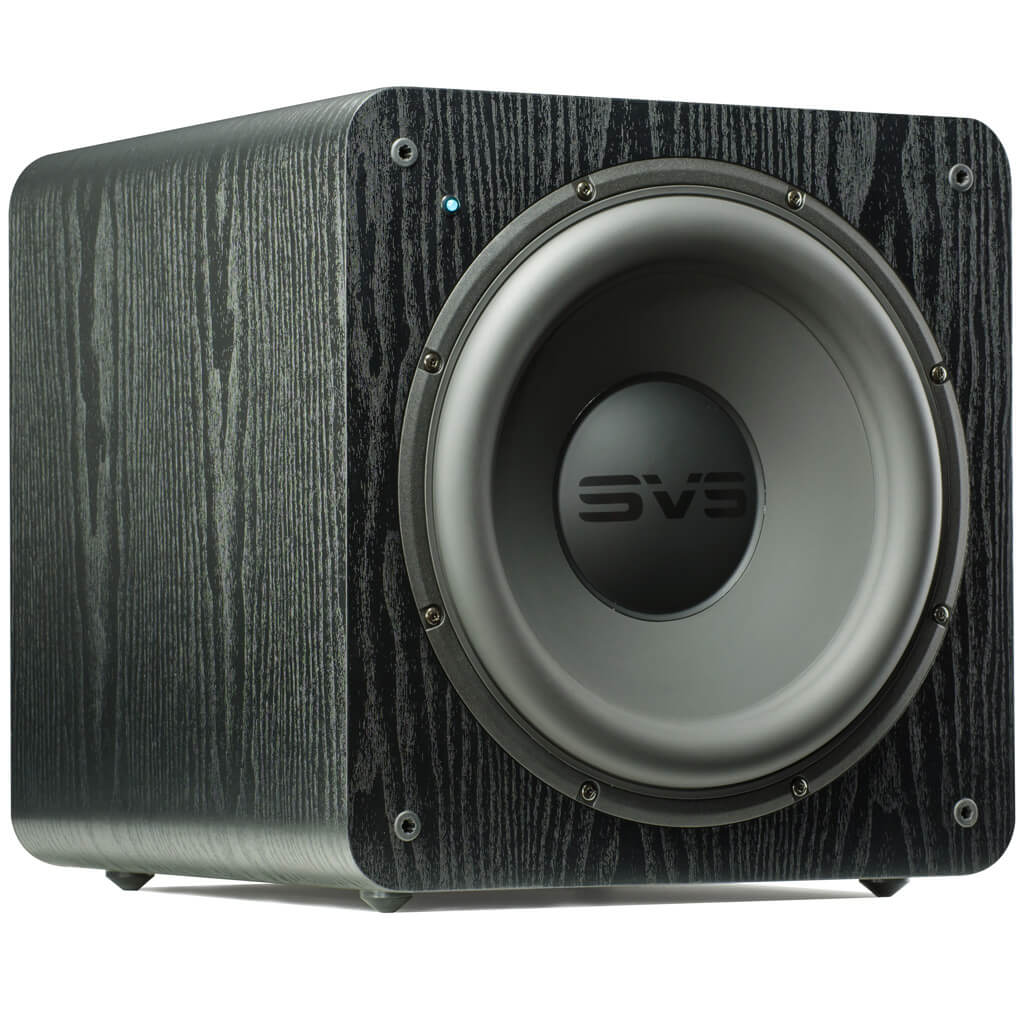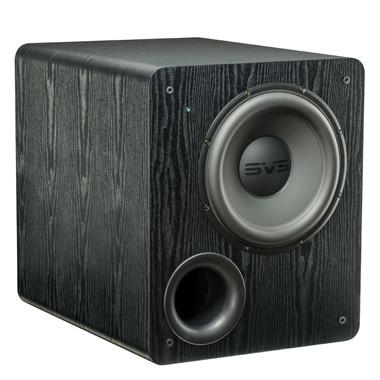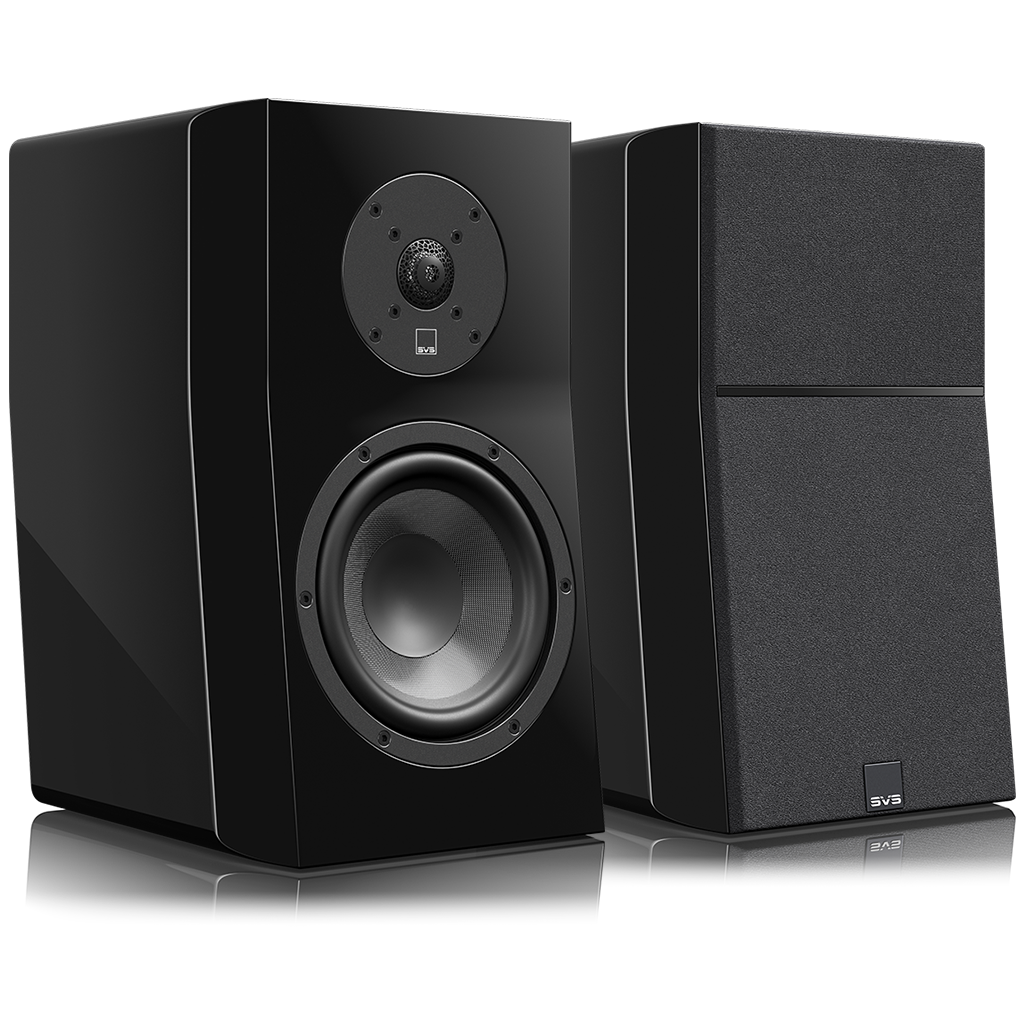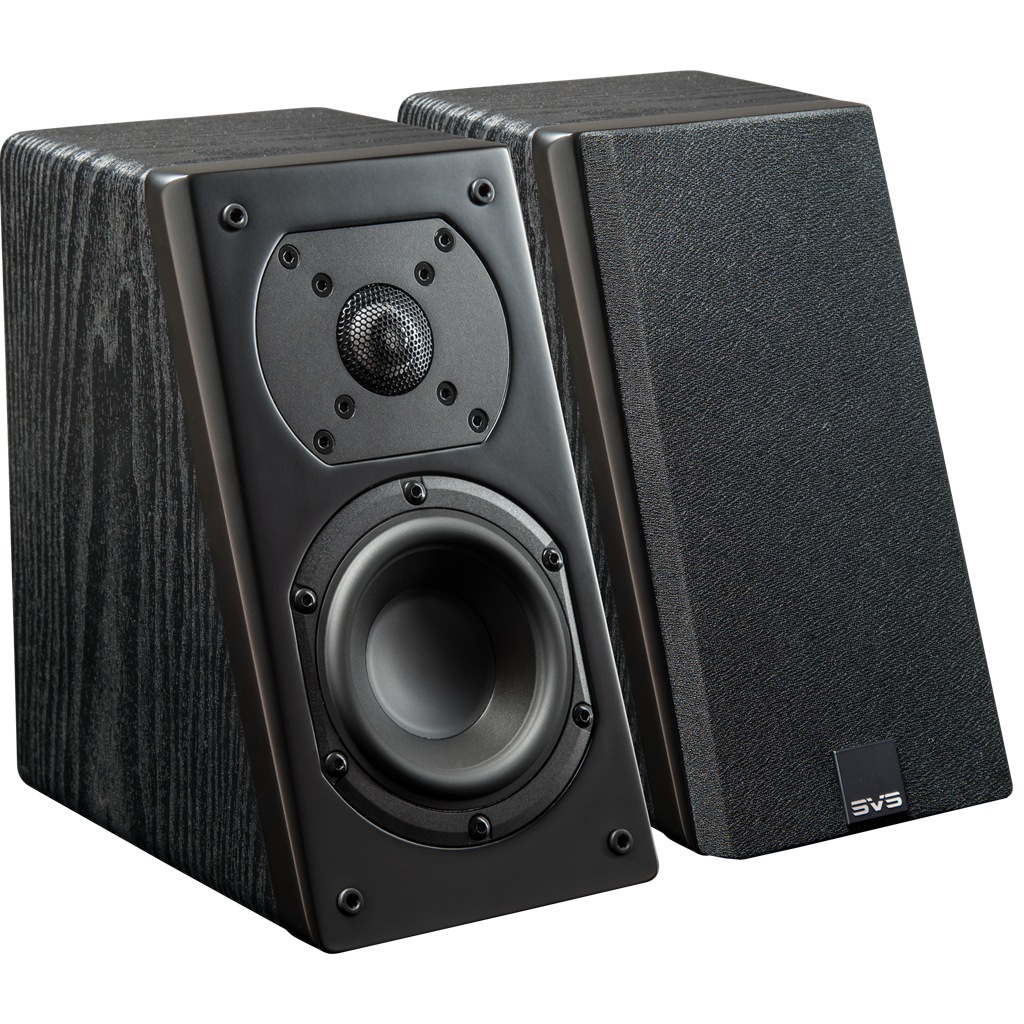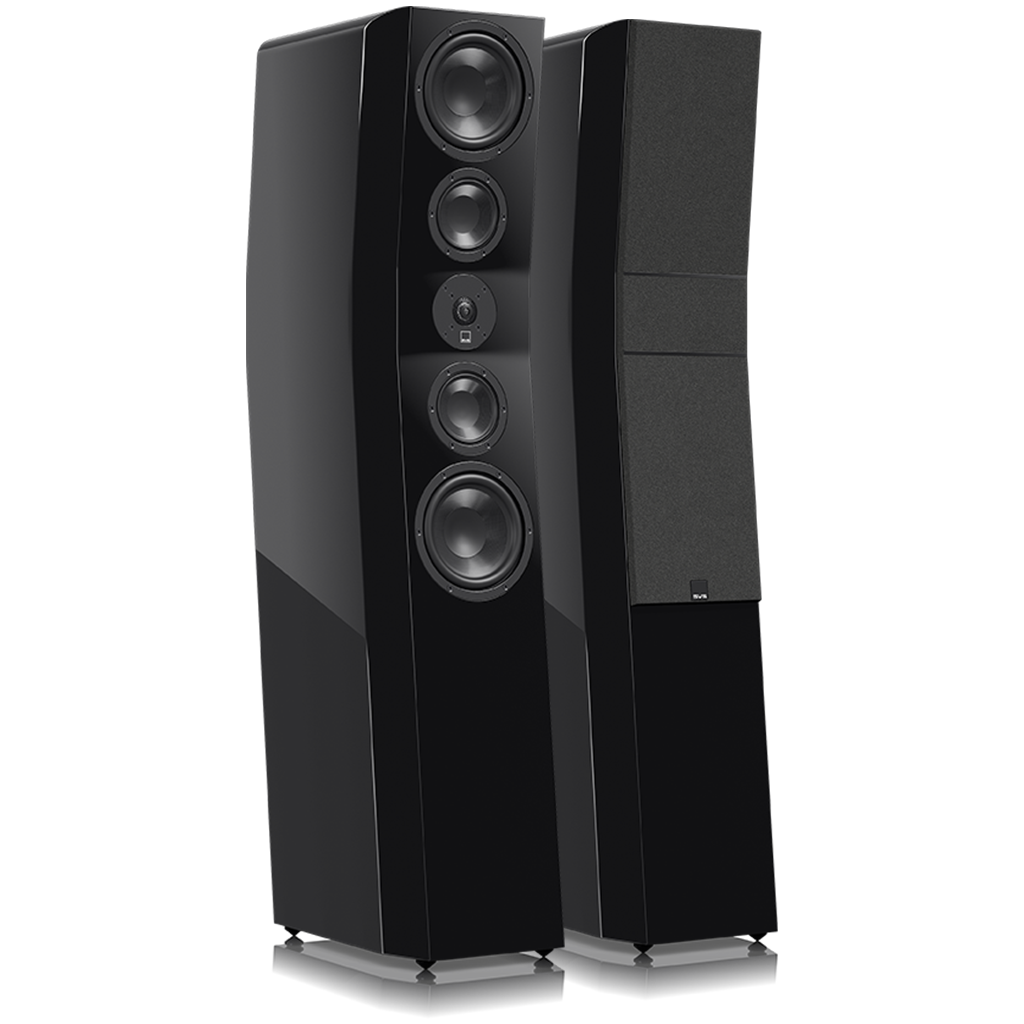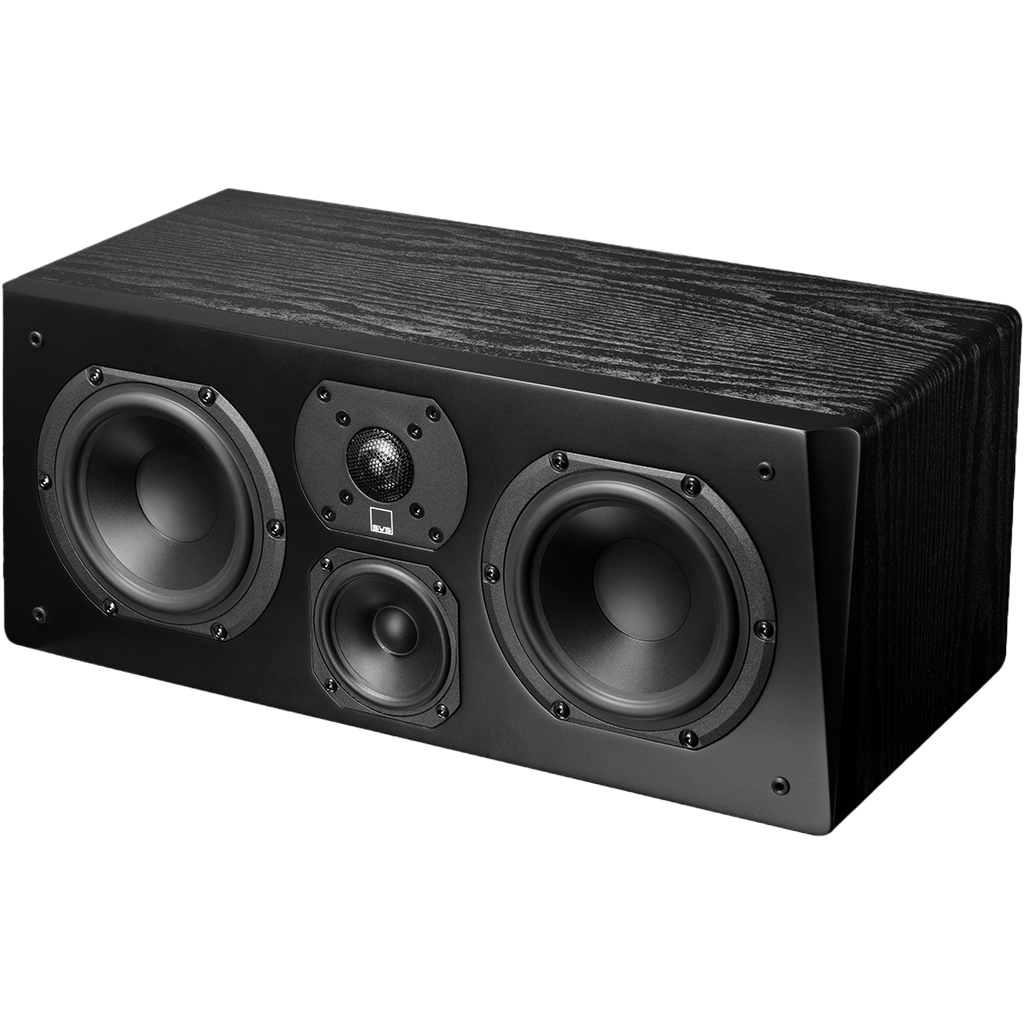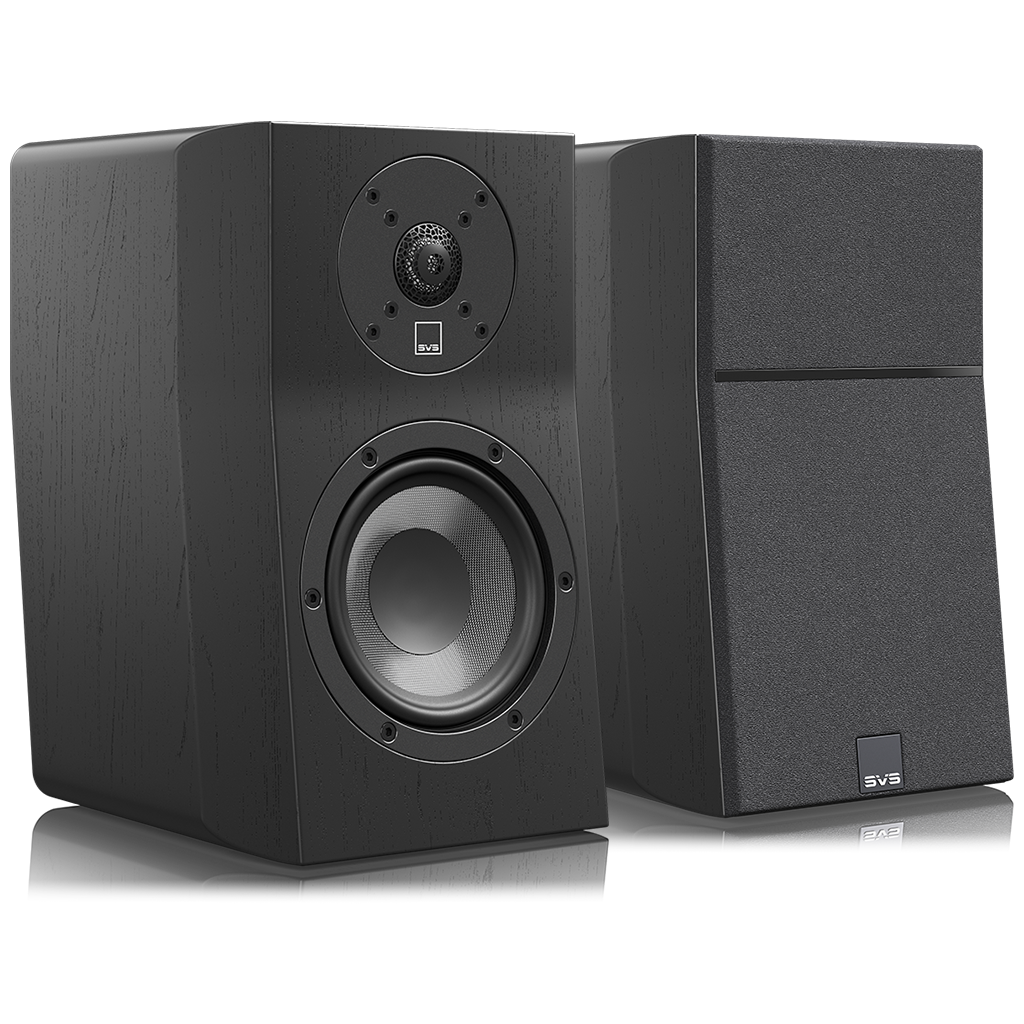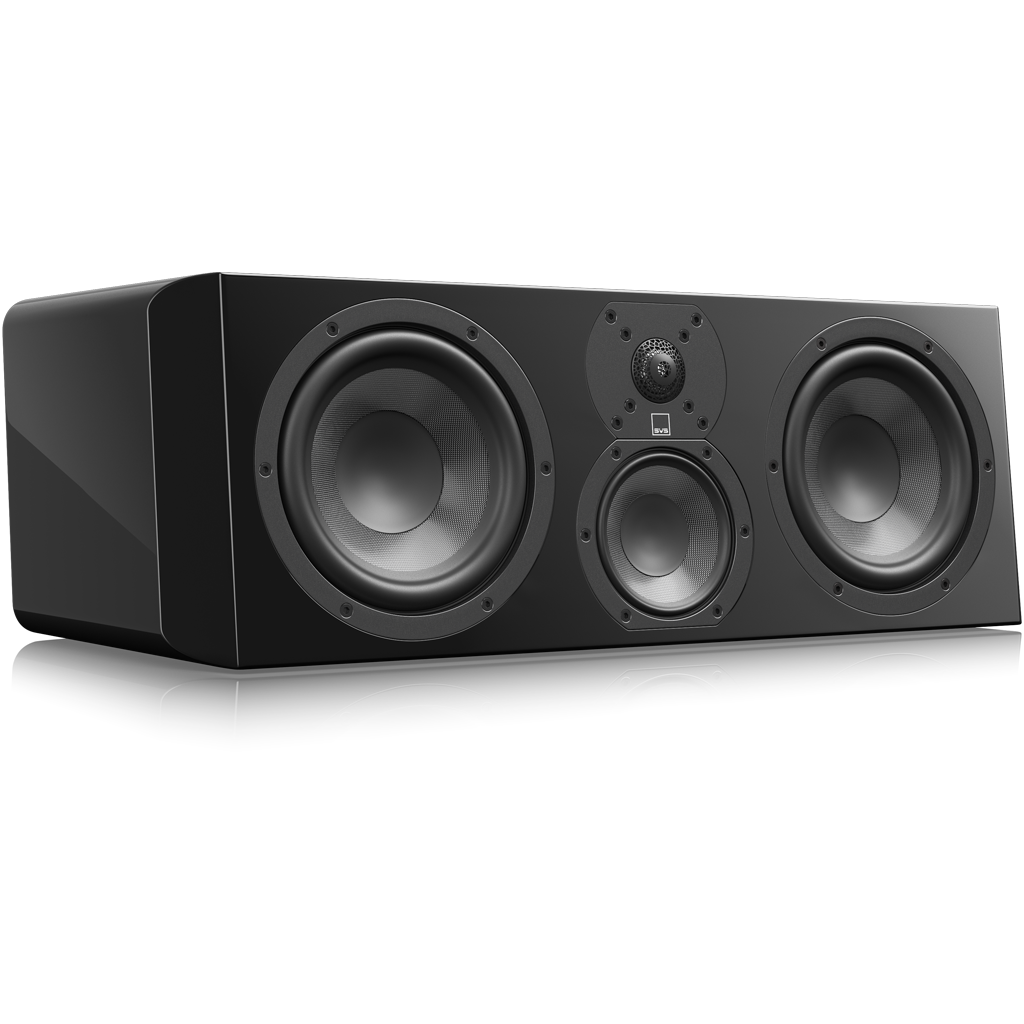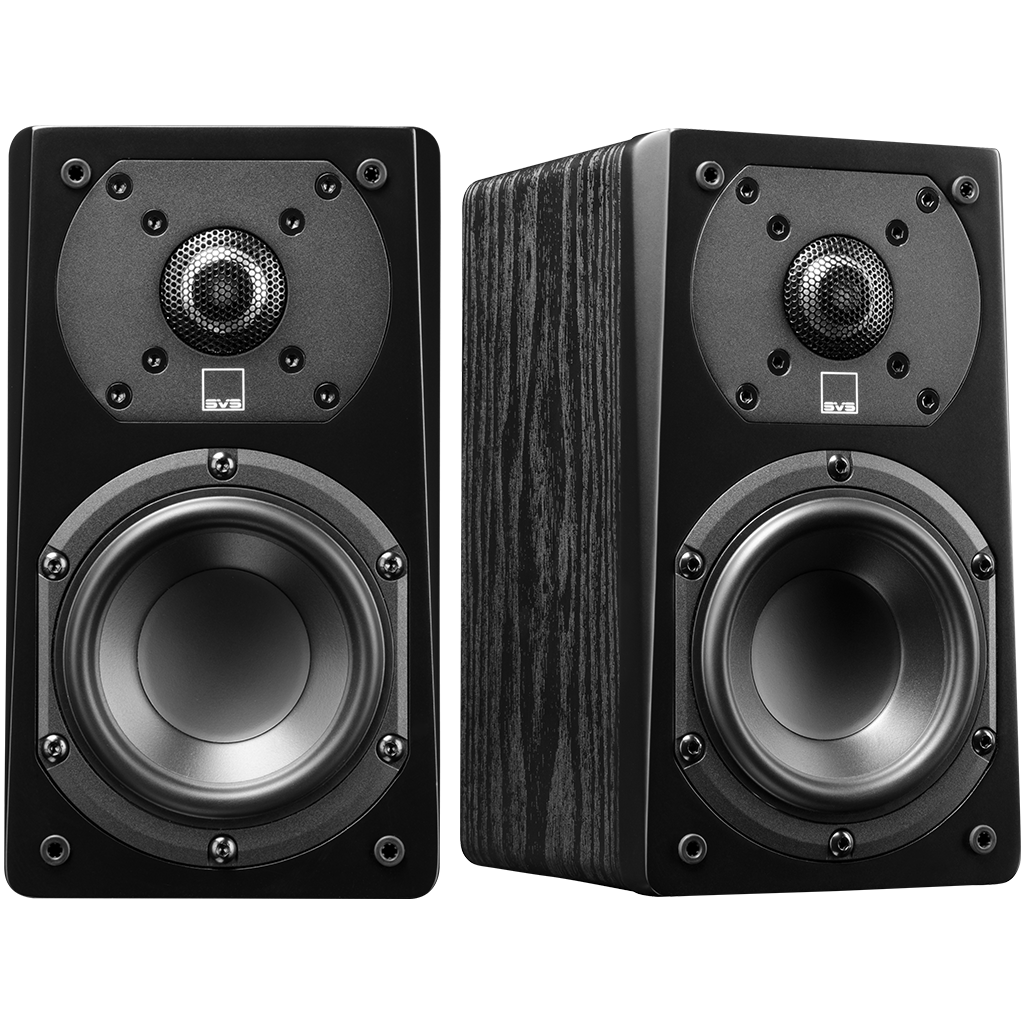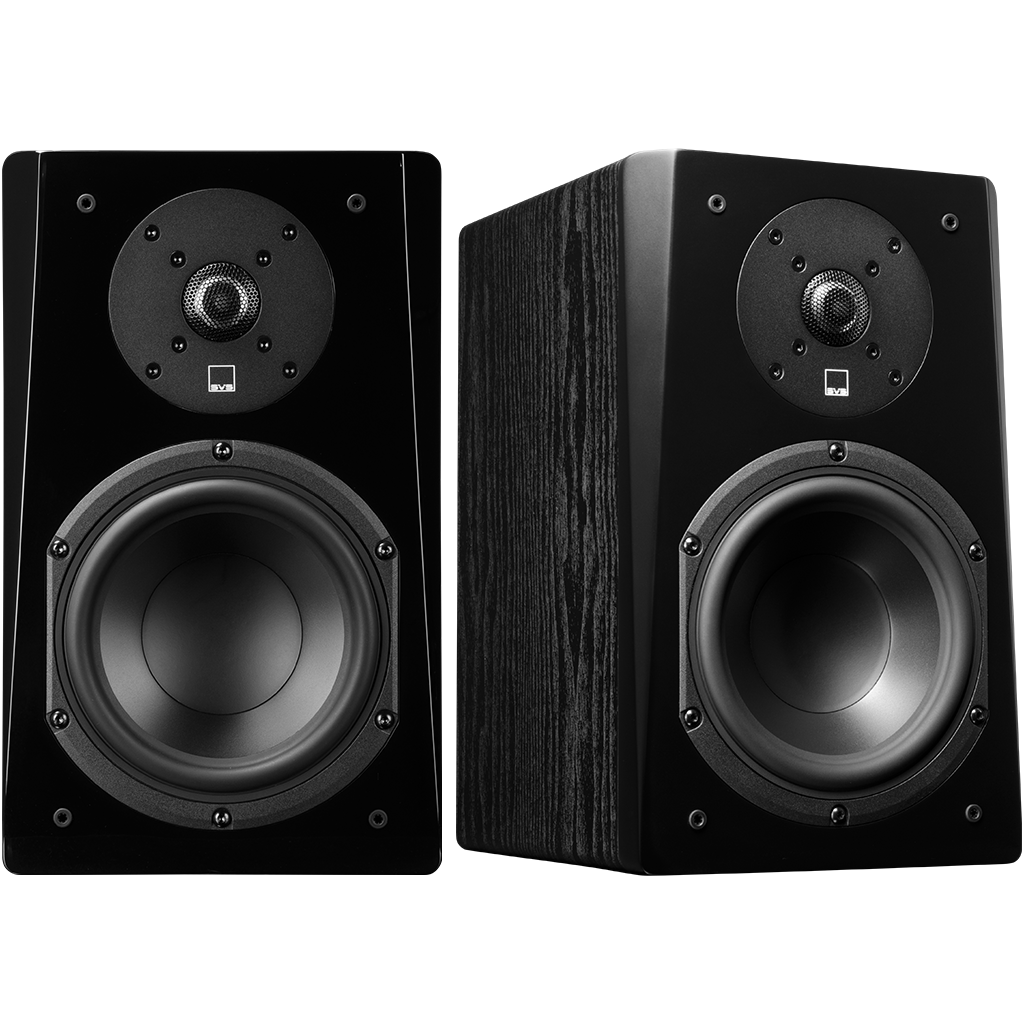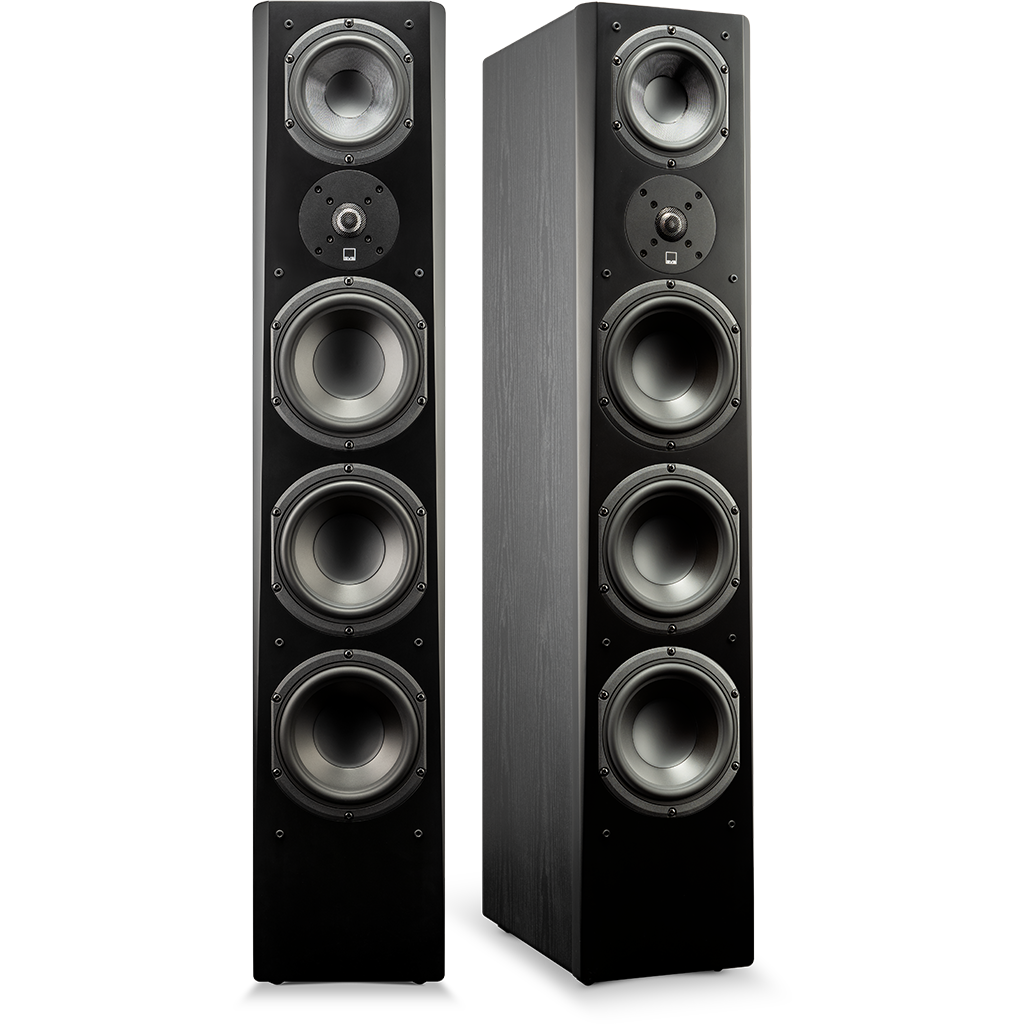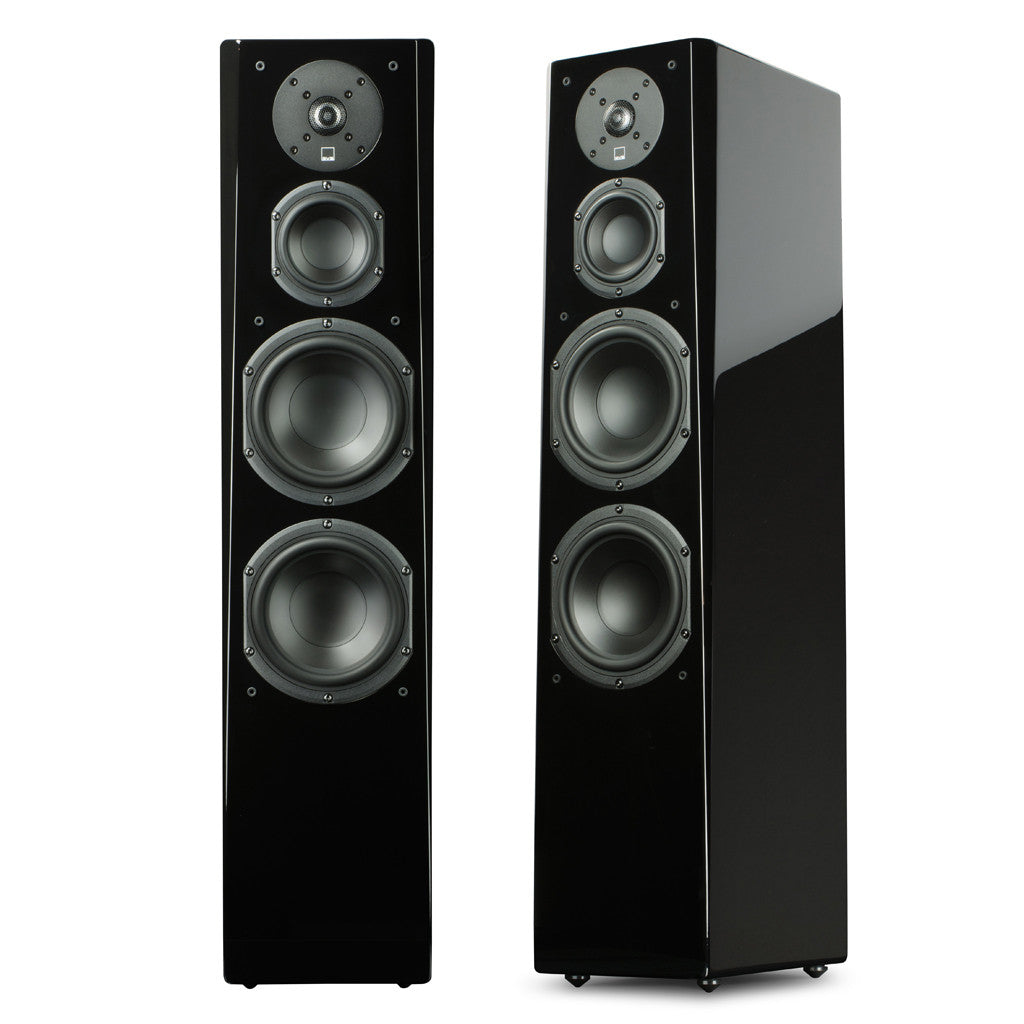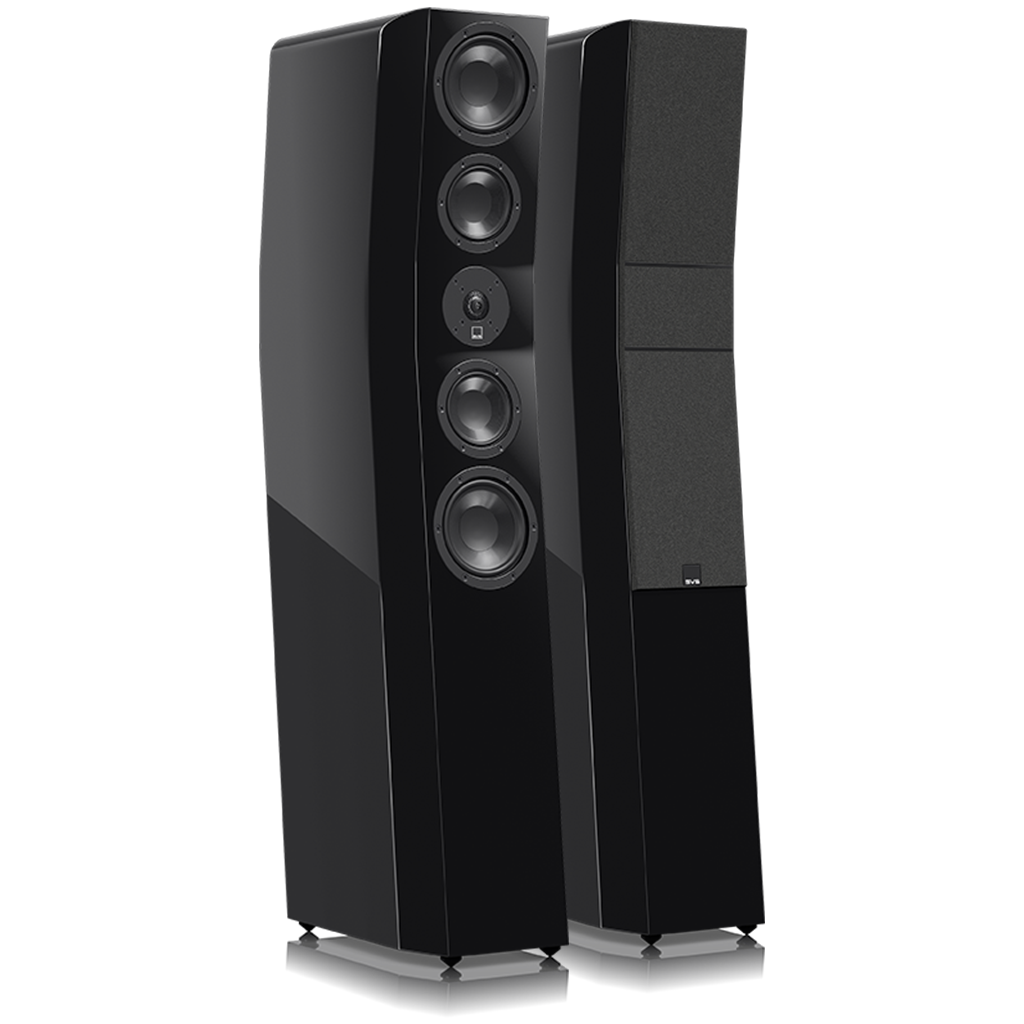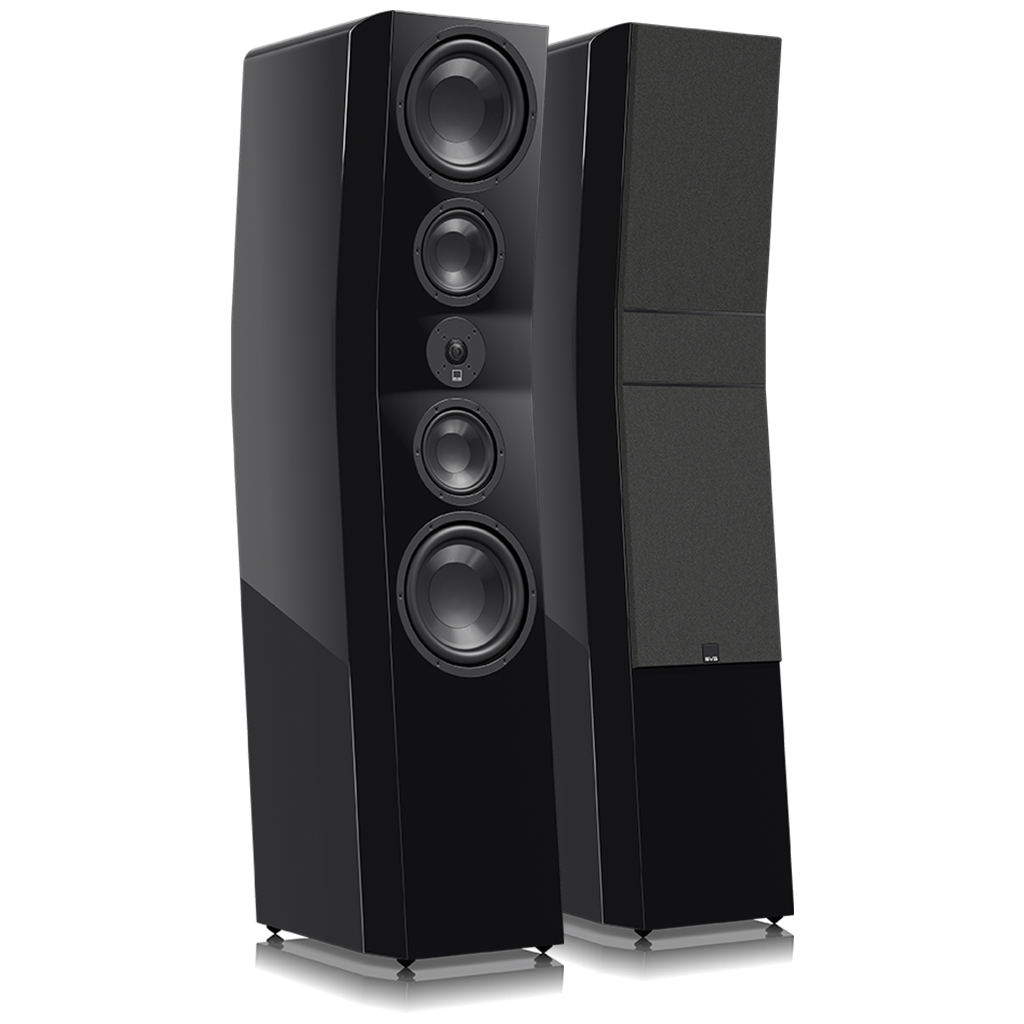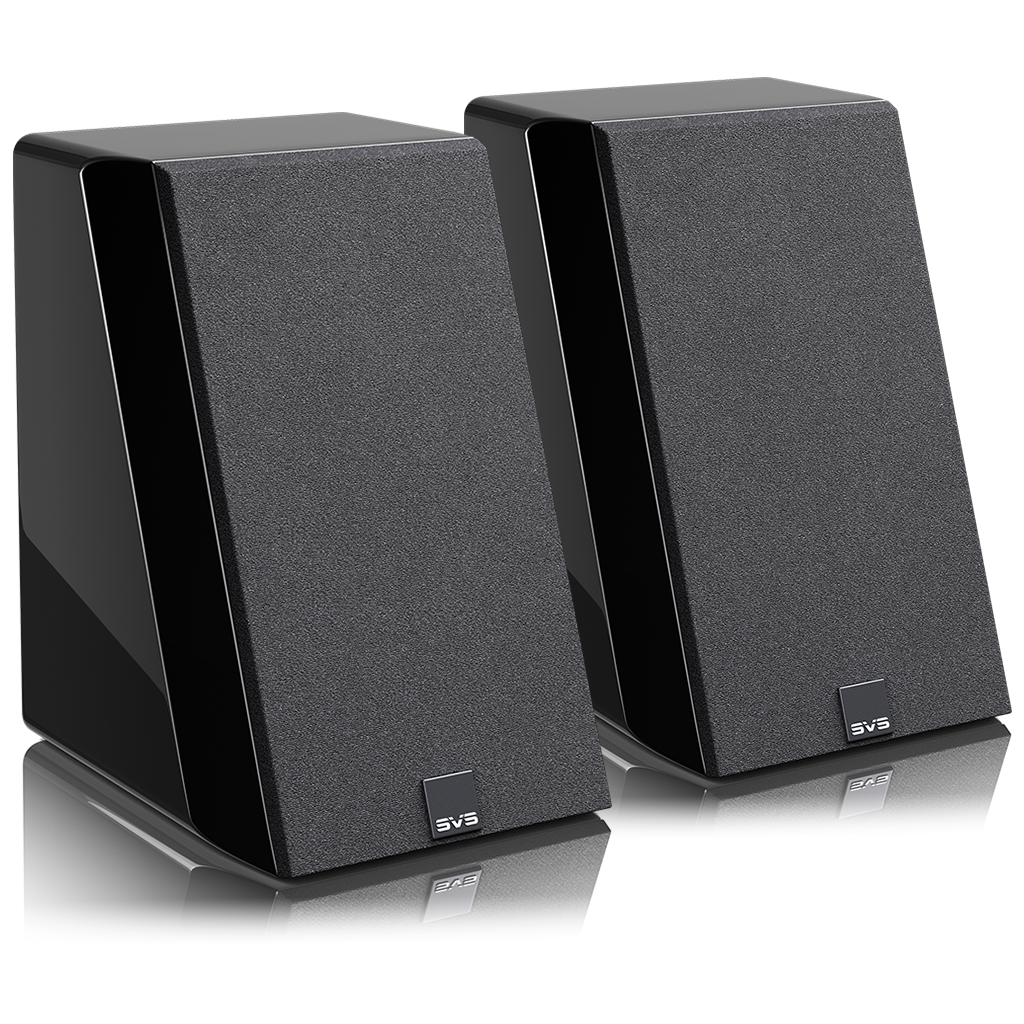What is Subwoofer Room Gain
If you’ve chosen a sealed cabinet subwoofer for your home audio system because it’s tighter and more accurate or because it fits better in your space, there’s a surprising benefit in store. With a sealed subwoofer (as opposed to ported), the room itself has the potential to boost bass below a certain frequency. In essence, you get more output than your subwoofer can produce by itself—for free. The effect is called “room gain” and the SVS Sound Experts are here to explain the science behind it and how to use it to your advantage.
How Does Room Gain Work?

Room gain occurs in rooms of all sizes, but is most noticeable in smaller, enclosed rooms. When discussing room gain, it is related to the room's longest dimension, typically its length or width. (Few home theater rooms are taller than their length or width.) If the longest dimension of the room is less than 20 feet of so, it can provide a truly significant increase in bass output levels.
What's so special about 20 feet? It has to do with the length of low-frequency sound waves. It turns out that room gain begins at the frequency whose wavelength is twice the longest dimension of the room. Twice 20 feet is 40 feet, which is the wavelength of 28 Hz. So, in a room where the longest dimension is 20 feet, room gain kicks in at 28 Hz and below.
Of course, the longest dimension in many home-theater rooms is less than 20 feet, so room gain begins at a higher frequency. For example, if a room's longest dimension is 16 feet, room gain starts at 35 Hz (wavelength = 32 feet); if a room's longest dimension is 12 feet, room gain starts at 47 Hz (wavelength = 24 feet).
Harnessing Room Gain to Boost Bass Output

When harnessed correctly, room gain enables much greater output at deeper frequencies than you would typically expect from a more compact, sealed cabinet subwoofer. If you consider the amount of acoustic energy it would require to achieve a flat quasi-anechoic frequency response down to 10 Hz, where you'd be adding 18 or 20 dB of gain, it would be astronomical, and your room can do it for free!
There is a dark side to room gain, however. An improperly tuned subwoofer can turn all that extra output into a boomy, inaccurate mess that only serves to emphasize individual nots and muddy up your listening experience. All SVS subwoofers feature highly sophisticated DSP engines that allow our engineers to craft an in-room response curve that loads a space with clean, accurate bass and makes the subwoofer do things you would never expect from such a compact enclosure.
Most importantly, the approach SVS takes with room gain is not just about creating more output at deeper frequencies, which can result in inaccurate bass. The powerful DSP shapes behavior of the subwoofer to produce acoustically tuned room gain. All the benefits of greater output and deeper bass extension with pinpoint accurate frequency response. It’s almost a magic trick and is the ultimate expression of the massive output and low frequency extension from well-engineered room gain, while never sacrificing accuracy or refinement.
How Much Does Room Gain Affect Bass Output?

Room gain typically adds 7 to 9 dB per octave below the starting frequency, depending on the precise characteristics of the room—for example, how much the walls absorb bass energy, small openings in the room, etc. Let's say the room's longest dimension is 16 feet, so room gain begins at 35 Hz; one octave below that (17 Hz) will be 7 to 9 dB louder than the subwoofer produces by itself, and two octaves below the starting frequency (9 Hz) will be 14 to 18 dB louder than the subwoofer can manage on its own.
As you probably know, most consumer subwoofers start rolling off output below a certain point, but room gain can recover much of that lost bass response, in particular with sealed subwoofers. SVS designs its sealed subwoofers to roll off below 32-35 Hz or so with a slope of 7 to 9 dB/octave specifically to take advantage of room gain. As the subwoofer's output drops, room gain brings it back up. If you look at the subwoofer's quasi-anechoic response, it might be down 18 dB at 8 Hz relative to the nominal level, but in a small room, it can actually be flat to 8 Hz!
This roll-off does not occur in ported subwoofers; they remain fairly flat to 20 Hz or even lower in a quasi-anechoic environment. But when you put a ported subwoofer in a small room, the low-end response increases because of room gain, leading to a bottom-heavy, unbalanced sound. So, SVS ported subwoofers include a room gain compensation control that reduces the low-end energy coming from the subwoofer to restore a flat frequency response in a room.
Fact or Fiction: Subwoofer Placement Affects Room Gain?
Interestingly, the location of the subwoofer has little effect on room gain, though many people report that “corner loading” a subwoofer by placing it diagonally in a corner, facing out, has the best results. This placement can sometimes exacerbate the “boomy” effect but every room is different so your results may vary. Subwoofer placement affects the pattern of standing waves within the room, which occur above the room-gain starting frequency. For a primer on placing a subwoofer, check out our blog, The Art of Subwoofer Placement.
So remember, when setting up an SVS SB-1000, SB-2000 Pro, SB-3000, SB-4000 or SB16-Ultra subwoofer, your room has a gift for you—free bass that's flat to well below the subwoofer's natural frequency response.
If you have questions about room gain or setting up a home audio subwoofer, please leave it in the comments or reach our the SVS Sound Experts at custservice@svsound.com, 877.525.5623 or chat.



